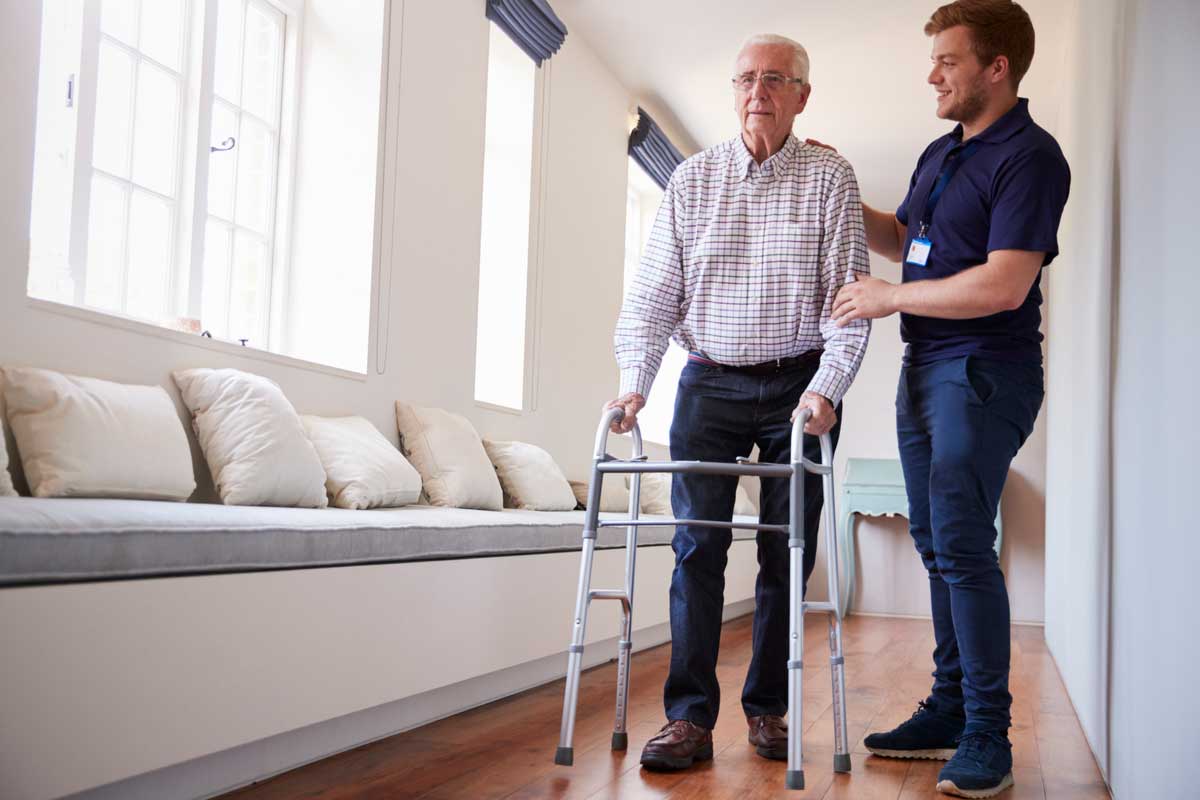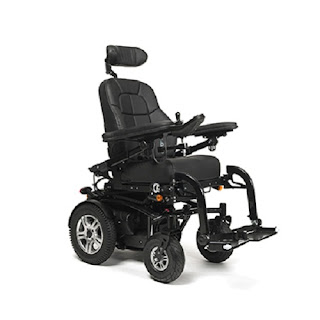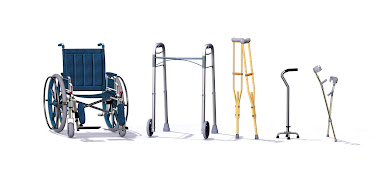The Role of Walking Frames in Rehabilitation and Physical Therapy
Physical therapy and rehabilitation are powerful tools in helping you recover from an injury or illness. When choosing the best walking frame for your loved one, there's no shortage of options—and that can be both good and bad.
On the one hand, the abundance of choices means you'll have plenty to choose from when looking at mobility devices; on the other hand, knowing which ones are right for your needs can be overwhelming.
In this article, we'll go over what Good quality walking frames are and how it works in rehabilitating patients, as well as discuss tips for helping you choose which one is right for you or your loved one!

What is a Walking Frame, and How Does it Work?
A walking frame is a device used to help patients who need assistance walking. It consists of two parallel bars connected at the top and bottom by a crossbar. The patient holds on to the bars and moves their legs as they normally walk, with the frame supporting their weight as they move forward.
The use of walking frames in physical therapy had existed since at least 1883 when JH Fitch published "Therapeutic Exercise in Fractures." He recommended using them for patients recovering from broken bones or other injuries where there was no possibility of weight bearing on one side of the body due to pain or instability
When to Use a Walking Frame?
A Walking frame is a great way to help you start walking again if you have had an injury or arthritis. They can also be used by people who have had a stroke or are recovering from surgery on their leg or foot. Anyone with a broken limb should use one of these devices until they can walk unaided again.
How to Choose the Best Walking Frame for You?
Choosing the right walking frame for you can be a daunting task. There are many factors to consider, and choosing one that is comfortable, safe and secure is important. Here are some tips:
- Choose the right size - You should feel comfortable sitting in your chosen walking frame with room to spare at either end of your body (shoulders/arms). If there isn't enough room, this could lead to discomfort or even injury if you fall out of it while moving around.
- Choose the right height - The height should allow good leg movement without straining muscles or putting pressure on joints when taking steps forward or backward by pushing off from each foot and both hands on each side.
- Making turns at speedier paces, such as walking down long corridors where traffic flows quickly through doors opening into rooms where staff members may only have seconds available before needing access inside again after having spent time outside talking with visitors.
Conclusion
We hope this article has helped you understand the role of walking frames in physical therapy and rehabilitation. If you or someone you love is recovering from an injury, we encourage you to talk with your doctor about using a walking frame as part of their treatment plan.



Comments
Post a Comment